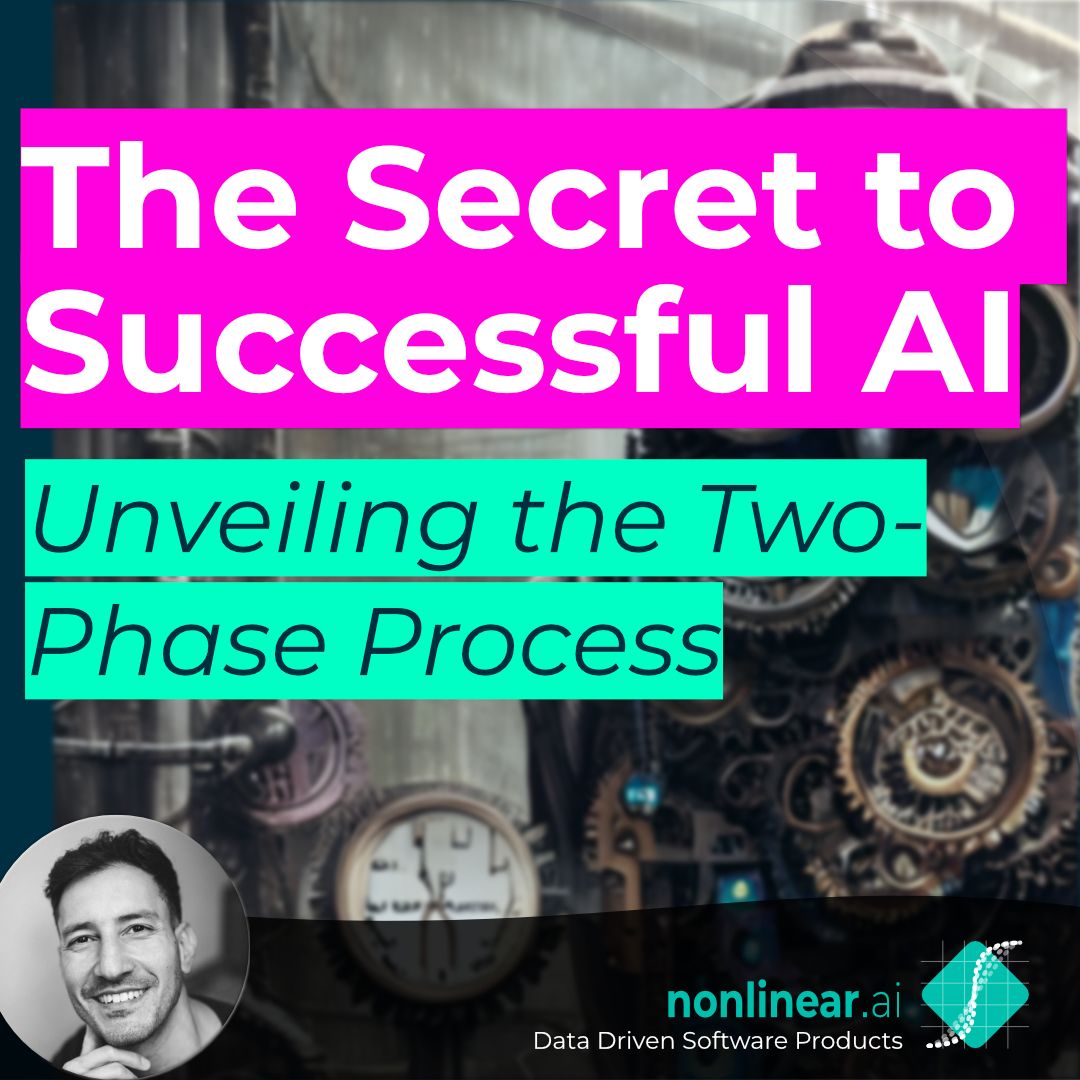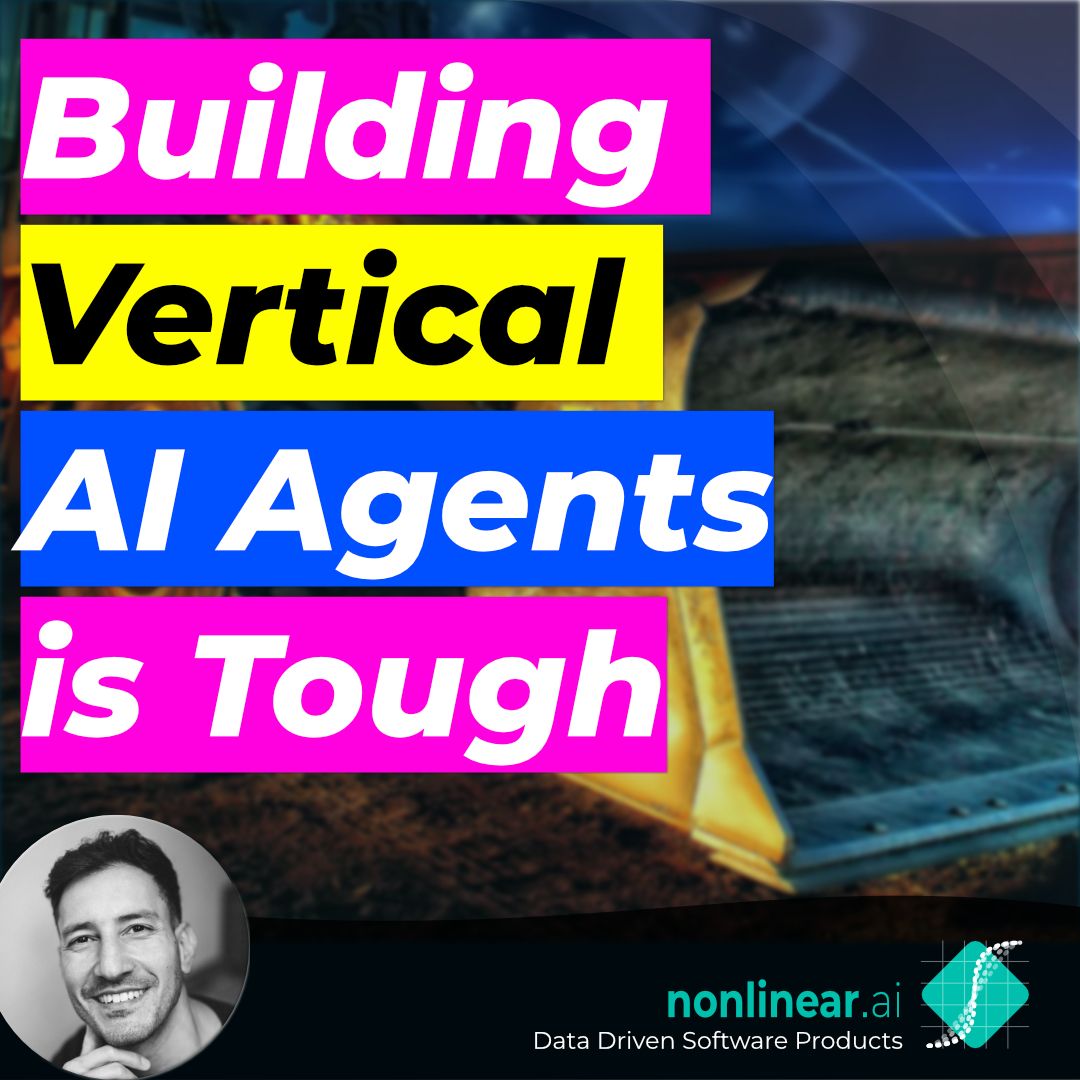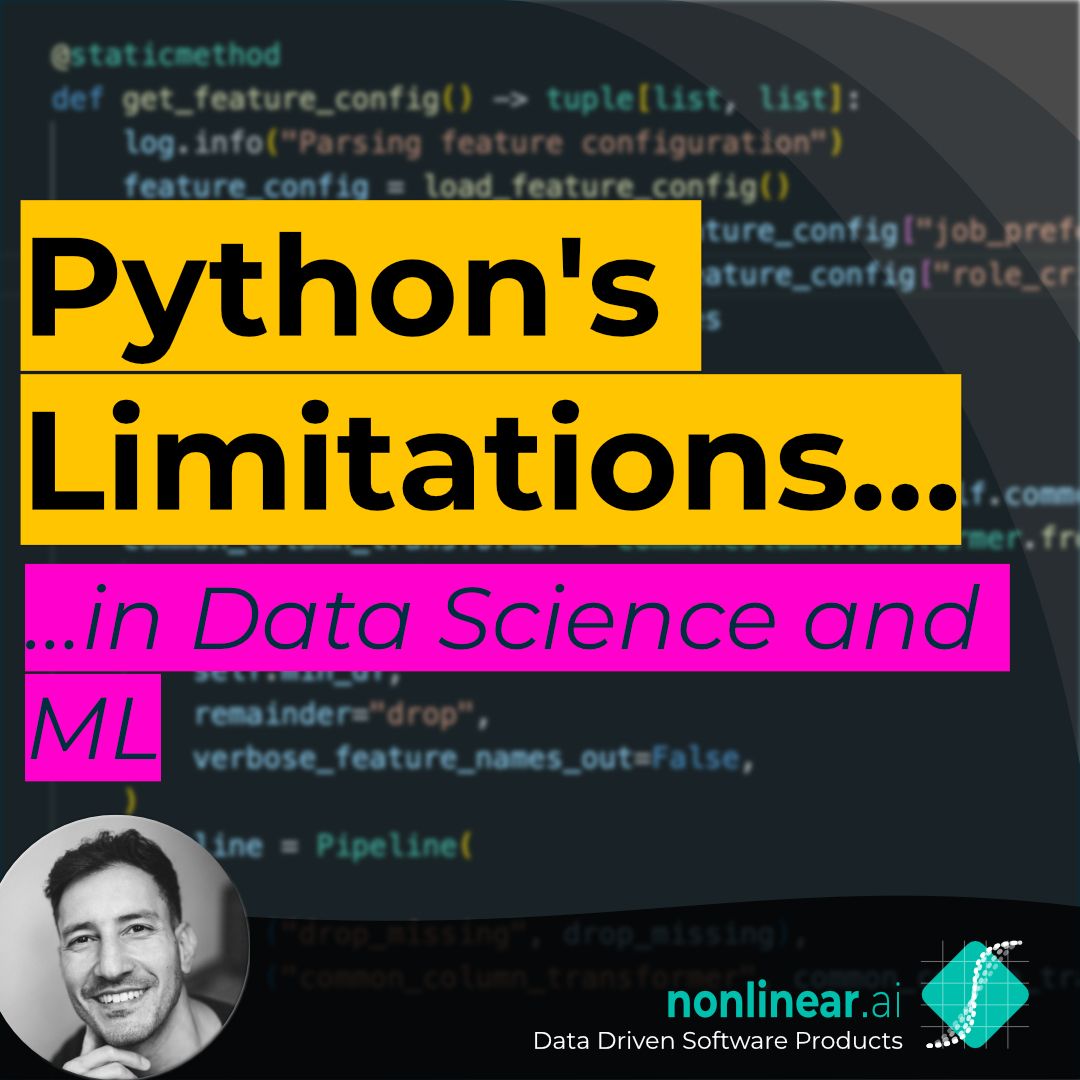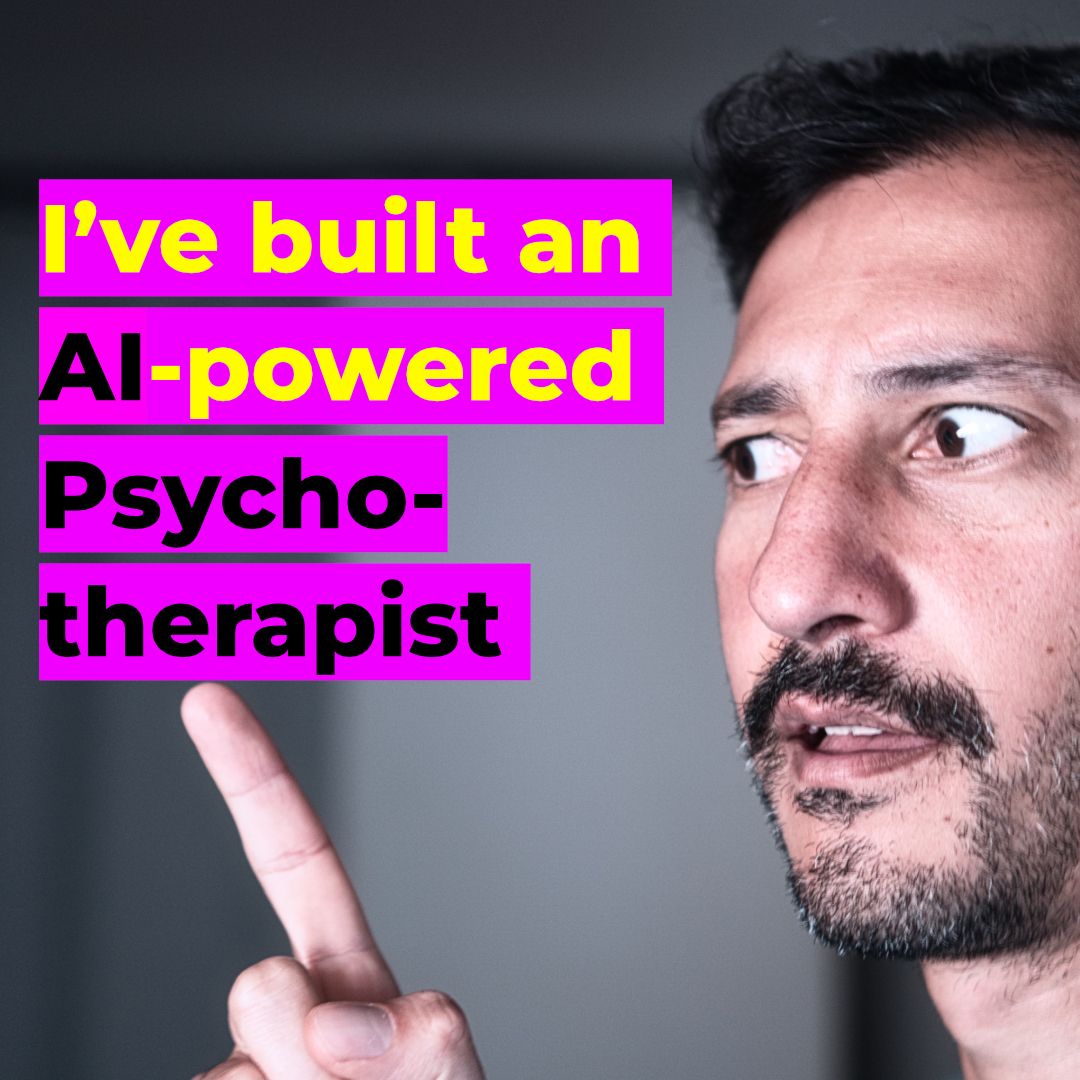AI software development stands apart from traditional software development, primarily due to its inherently experimental nature. This distinction introduces unique phases in the development process, each with specific goals and requirements.
Phase 1: Experimentation
The first phase is characterized by rapid experimentation. Here, the focus is on speed and agility. The objective is to develop the simplest AI model that meets the minimum required performance standards.
In this stage, speed is paramount. Developers iterate quickly, seeking to identify the most promising approaches without getting bogged down in the details. Often bypassing standard engineering practices such as structured, tested, and well-documented code.
Phase 2: Production
Once a viable model is identified, the development process shifts to the second phase, which mirrors traditional software development. During this phase, traditional software development practices become essential to ensure the model is robust and sustainable in the long term.
Bridging the Gap
The challenge in AI software development lies in seamlessly integrating these two phases. Achieving this balance requires a robust data platform that supports both rapid experimentation and stable production.
By combining the rapid, iterative nature of the experimentation phase with the rigorous standards of the production phase, organizations can innovate swiftly while ensuring their AI solutions are reliable and scalable. Embracing this duality is key to leveraging AI's full potential.
#AIDevelopment #MachineLearning #TechInnovation #MLOps #SoftwareEngineering



